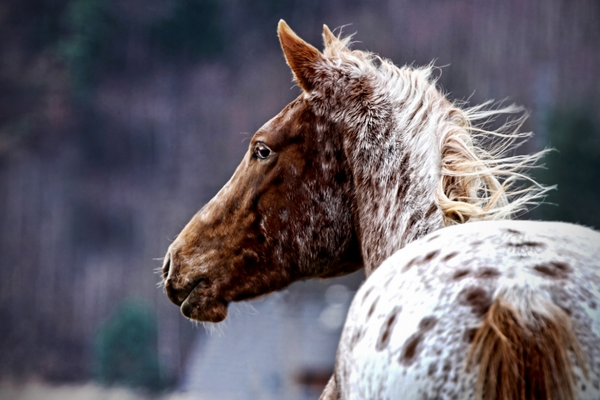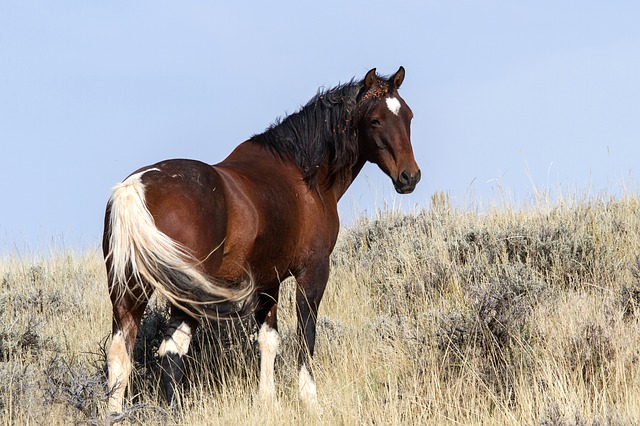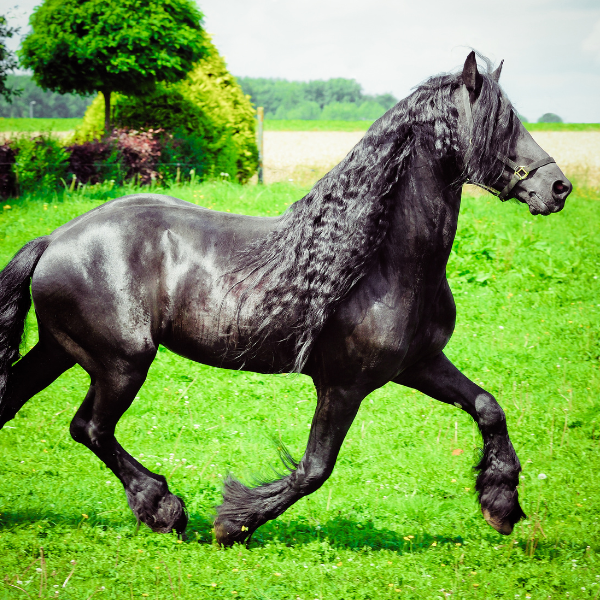The American Cream Draft Horse Breed
In the vast tapestry of American equine heritage, nestled within the heartland of Iowa, lies a breed of horse that embodies both rarity and resilience – the American Cream Draft.
With its distinctive cream coat, this majestic breed carries a history as rich and varied as the land from which it hails.
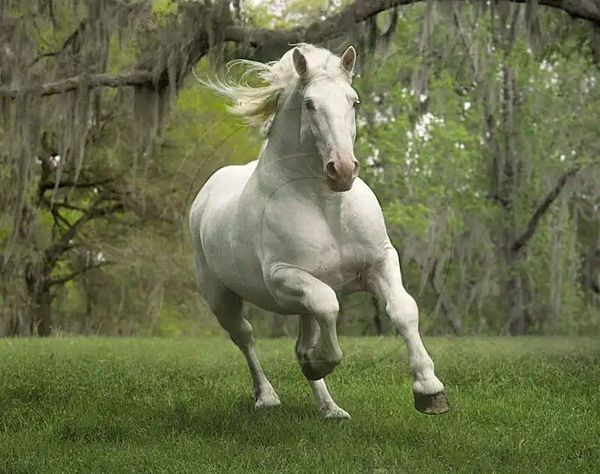
Origins and Development
The story of the American Cream Draft begins in the early twentieth century with a cream-colored mare known as Old Granny.
Born around 1900, Old Granny possessed a unique hue that set her apart from other horses of her time.
Purchased by Harry Lakin, a prominent stock dealer, she eventually found her way to Nelson Brothers Farm in Jewell, Iowa. It was here that her remarkable lineage began to take shape.
Despite the mechanization of farming and the decline of draft horse populations, enthusiasts dedicated to preserving this unique breed formed a breed registry in 1944.
However, it fell dormant for several decades due to dwindling numbers.
It wasn’t until 1982 that the registry was reactivated, sparking a slow but steady resurgence in population numbers.
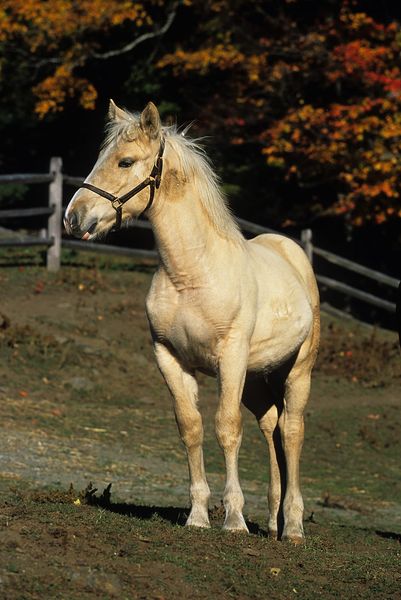
Distinctive Characteristics
What sets the American Cream Draft apart are not just its coat color but also its physical attributes and temperament.
These horses boast refined heads, wide chests, and short, strong backs.
Their well-muscled hindquarters and strong, proportionate legs make them both sturdy and agile.
Yet, it’s their calm and willing temperament that truly endears them to owners, especially those new to handling draft horses.
Standing at 15-16 hands high for mares and 16-16.3 hands for stallions and geldings, these horses exude a sense of power and grace.
With weights ranging from 1,500 to over 1,800 pounds, they command attention wherever they go.
Coat Color and Genetics
The hallmark of the American Cream Draft is its lustrous cream coat, a result of the champagne gene acting upon a chestnut base coat.
This gene produces a spectrum of cream shades, from light to dark, with accompanying pink skin, amber eyes, and white manes and tails.
Foals are born with bright pink skin and blue eyes, which darken as they mature.
While the champagne gene is dominant, leading to the breed’s distinctive coloration, it’s important to note that dark-skinned American Cream Drafts are actually chestnuts.
Through careful breeding practices, enthusiasts aim to preserve and enhance the breed’s unique characteristics while mitigating the risk of genetic disorders such as junctional epidermolysis bullosa (JEB).
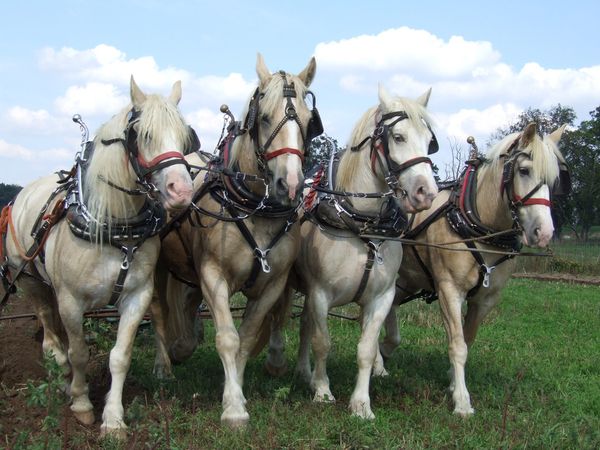
Preservation Efforts and Future Outlook
Despite its storied past and distinctive features, the American Cream Draft faces an uncertain future.
With its population classified as “critical” by organizations such as The Livestock Conservancy and the Equus Survival Trust, concerted efforts are underway to ensure its survival.
Breeding programs, strict registry standards, and collaboration among enthusiasts are essential in safeguarding the breed for future generations. Initiatives such as artificial insemination, embryo transfer, and the use of appendix registries offer hope for increasing population numbers and diversifying bloodlines.
In places like Colonial Williamsburg, the American Cream Drafts serve not only as ambassadors of their breed but also as living symbols of American heritage.
Through educational programs and breeding initiatives, institutions and enthusiasts alike are working tirelessly to ensure that this unique breed continues to thrive.
In the annals of American history, the American Cream Draft stands as a testament to the enduring spirit of perseverance and passion.
From its humble beginnings to its uncertain future, this breed embodies the resilience of the human spirit and the unwavering commitment to preserving our cultural heritage.
As we forge ahead into the future, let us not forget the importance of safeguarding these living treasures, ensuring that they remain a cherished part of our shared legacy for generations to come.
